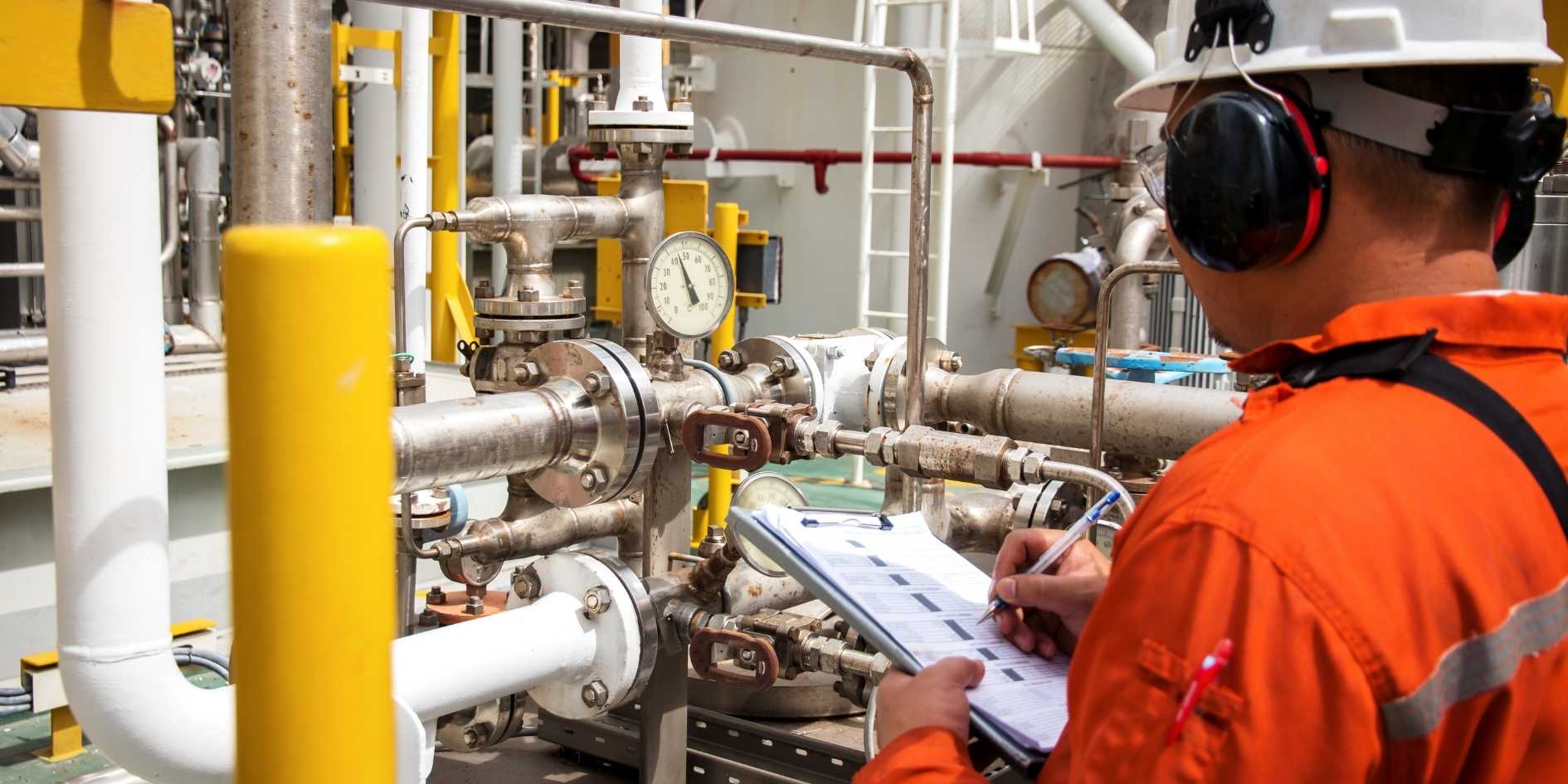Some Known Questions About Roar Solutions.
Some Known Questions About Roar Solutions.
Blog Article
Not known Incorrect Statements About Roar Solutions
Table of ContentsThe Best Strategy To Use For Roar SolutionsRoar Solutions - An OverviewOur Roar Solutions Statements
In such an ambience a fire or surge is feasible when three standard problems are met. This is often described as the "dangerous area" or "combustion" triangular. In order to safeguard installations from a potential surge an approach of evaluating and identifying a possibly hazardous location is required. The purpose of this is to make certain the right selection and setup of devices to inevitably avoid an explosion and to make sure safety of life.
(https://roar-solutions-48388330.hubspotpagebuilder.com/roar-solutions/master-hazardous-area-safety-with-eeha-certificate-training)
No devices should be set up where the surface area temperature of the tools is above the ignition temperature of the offered hazard. Below are some common dust unsafe and their minimum ignition temperature level. Coal Dirt 380C 225C Polythene 420C (thaws) Methyl Cellulose 420C 320C Starch 460C 435C Flour 490C 340C Sugar 490C 460C Grain Dust 510C 300C Phenolic Resin 530C > 450C Aluminium 590C > 450C PVC 700C > 450C Soot 810C 570C The possibility of the risk being present in a focus high enough to trigger an ignition will vary from area to location.
In order to classify this risk an installment is divided into locations of risk relying on the amount of time the dangerous is existing. These locations are referred to as Areas. For gases and vapours and dirts and fibres there are 3 areas. Area 0 Zone 20 An unsafe atmosphere is extremely likely to be existing and might be present for lengthy durations of time (> 1000 hours per year) and even constantly Area 1 Area 21 A harmful environment is feasible but not likely to be present for extended periods of time (> 10 450 C [842 F] A category of T6 indicates the minimal ignition temperature is > 85 C [185 F] Unsafe location electric tools perhaps developed for usage in higher ambient temperatures. This would showed on the rating plate e.g. EExe II C T3 Ta + 60C( This indicates at 60C ambient T3 will certainly not be gone beyond) T1 T1, T2, T3, T4, T5, T6 T2 T2, T3, T4, T5, T6 T3 T3, T4, T5, T6 T4 T4, T5, T6 T5 T5, T6 T6 T6 A T Course ranking of T1 means the optimum surface area temperature produced by the tool at 40 C is 450 C. Assuming the connected T Course and Temperature score for the tools are suitable for the location, you can always use an instrument with an extra rigid Division score than needed for the location. There isn't a clear answer to this concern sadly. It actually does depend on the sort of equipment and what repair services need to be executed. Tools with particular test treatments that can't be performed in the field in order to achieve/maintain 3rd party score. Must return to the factory if it is prior to the devices's solution. Area Repair Work By Authorised Personnel: Difficult screening might not be required nonetheless specific treatments may require to be followed in order for the equipment to maintain its 3rd party ranking. Authorised personnel have to be utilized to do the job properly Repair work must be a like for like replacement. New component need to be considered as a direct substitute needing no special screening of the tools after the repair is complete. Each piece of devices with an unsafe rating must be assessed individually. These are detailed at a high level below, however, for more detailed details, please refer directly to the standards.
How Roar Solutions can Save You Time, Stress, and Money.
The tools register is an extensive database of equipment documents that includes a minimum collection of fields to identify each thing's location, technological specifications, Ex category, age, and environmental data. The ratio of Detailed to Close examinations will be figured out by the Devices Threat, which is examined based on ignition risk (the possibility of a resource of ignition versus the possibility of a combustible atmosphere )and the unsafe area classification
( Zone 0Area 1, or 2). Implementing a durable Risk-Based Assessment( RBI )method is important for making sure compliance important link and safety in managing Electric Devices in Hazardous Locations( EEHA).
The Ultimate Guide To Roar Solutions

In regards to eruptive threat, a harmful area is an environment in which an explosive environment exists (or might be expected to be existing) in amounts that require special safety measures for the building, setup and use of equipment. eeha training. In this short article we discover the obstacles dealt with in the work environment, the danger control procedures, and the called for proficiencies to work safely
These substances can, in particular conditions, create explosive ambiences and these can have major and terrible effects. Most of us are acquainted with the fire triangular get rid of any type of one of the three aspects and the fire can not take place, however what does this mean in the context of dangerous locations?
In the majority of instances, we can do little concerning the levels of oxygen airborne, however we can have considerable impact on resources of ignition, for instance electric devices. Harmful areas are recorded on the hazardous location classification drawing and are determined on-site by the triangular "EX-SPOUSE" indicator. Below, among other key info, zones are split right into 3 kinds depending upon the risk, the possibility and period that an eruptive environment will exist; Zone 0 or 20 is considered the most dangerous and Zone 2 or 22 is deemed the least.
Report this page